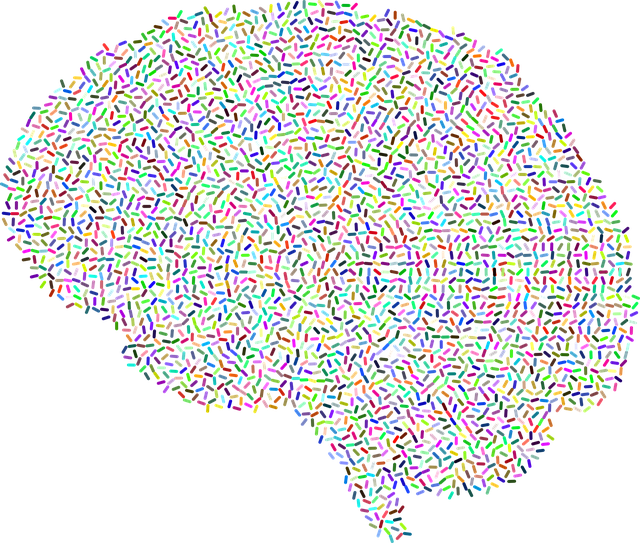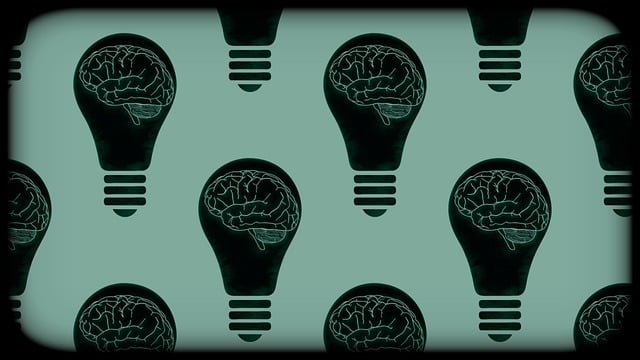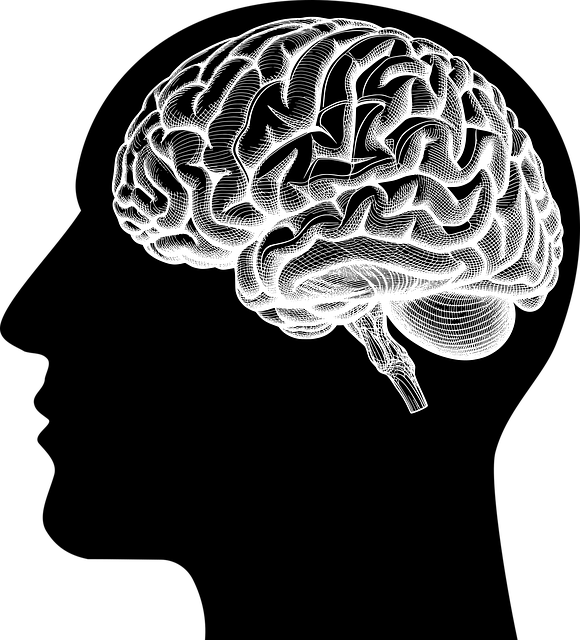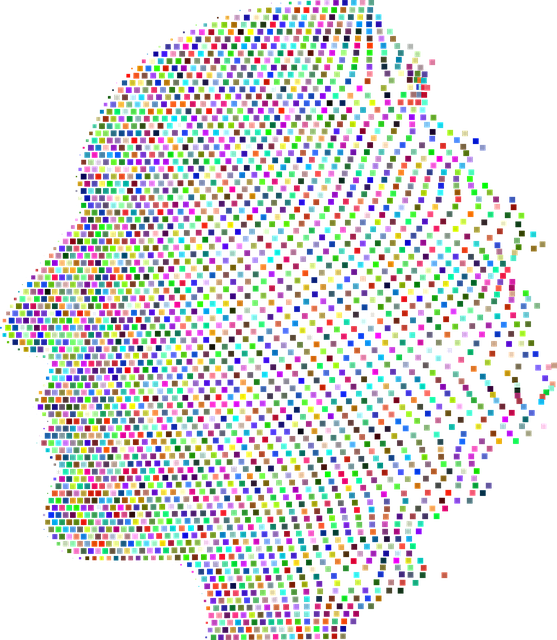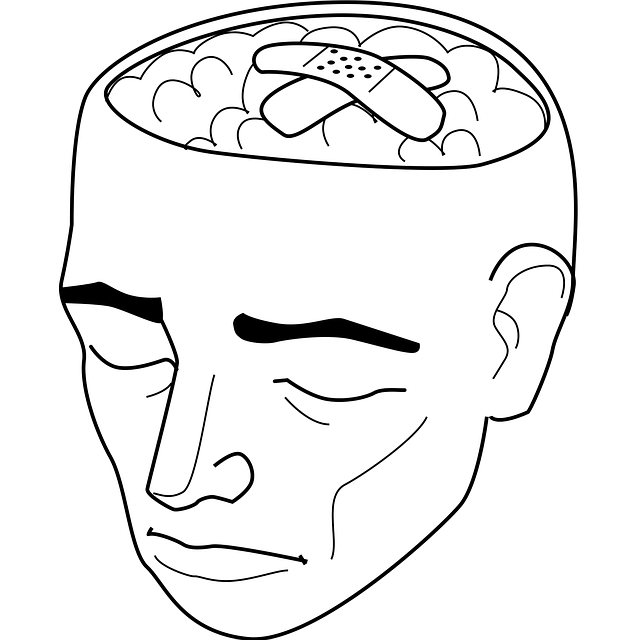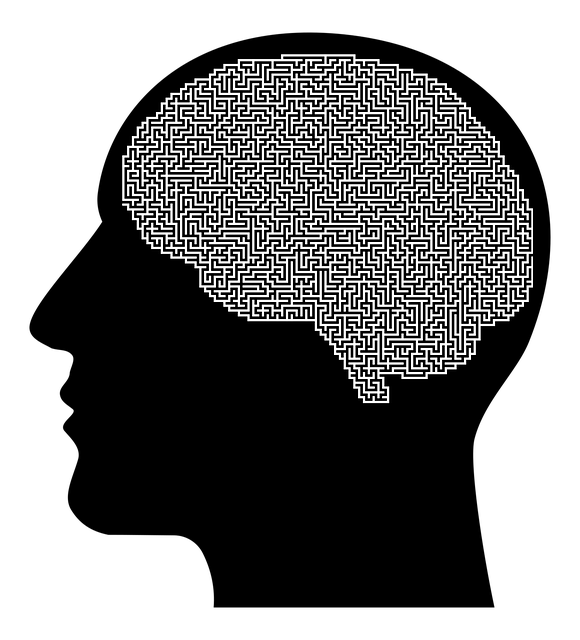The media significantly shapes public perceptions of mental health through film, TV, and news depictions. Positive media representation can reduce stigma and encourage empathy, as seen in initiatives like Highlands Ranch Domestic Violence Therapy (HRDVT). Accurate media portrayal is crucial for Mental Health Education Programs to empower individuals to recognize mental distress and seek help. HRDVT advocates for nuanced storytelling that challenges harmful stereotypes, promotes understanding, and fosters a healthier mental healthcare landscape. Production teams should aim for diverse, accurate representation through casting, writing, and integrating support systems in narratives to destigmatize mental illness. Media outlets can also guide audiences on mental wellness journaling exercises to empower viewers.
In today’s media landscape, the representation of mental illness is crucial. This article explores how inaccurate portrayals can impact public perception and contribute to stigma, while highlighting the importance of positive, nuanced representations. We analyze the current state of mental health in media, focusing on common misrepresentations, and propose actionable strategies for change. By advocating for accurate depictions, we aim to foster understanding and support for individuals seeking help, such as those turning to Highlands Ranch Domestic Violence Therapy for dual diagnosis treatment.
- Understanding the Impact of Media Portrayal on Mental Health Perception
- The Current State: How Media Often Misrepresents Mental Illness
- Strategies for Positive Change: A Case for Accurate Representation
- Action Steps: Implementing Solutions to Challenge Negative Stereotypes in Media
Understanding the Impact of Media Portrayal on Mental Health Perception

The media plays a powerful role in shaping societal perceptions about mental health. The way mental illness is represented in films, television shows, and news articles can significantly influence how the general public understands and treats individuals struggling with psychological disorders. Positive or negative portrayals can either promote stigma or foster empathy and support. For instance, realistic and nuanced depictions of conditions like depression, anxiety, or schizophrenia in popular media can help reduce the stigma associated with seeking therapy, as seen in many successful Highlands Ranch Domestic Violence Therapy initiatives.
A well-designed Mental Health Education Programs Design that incorporates lessons from responsible media representation can empower individuals to recognize signs of mental distress and encourage help-seeking behaviors. Promoting positive thinking and cultivating mental wellness through these programs can be further enhanced by challenging harmful stereotypes perpetuated in the media. By critically analyzing and discussing media content, we can work towards a more informed and compassionate society that prioritizes mental health as an integral part of overall well-being.
The Current State: How Media Often Misrepresents Mental Illness

In today’s media landscape, the representation of mental illness often falls short of accurate reflection, perpetuating harmful stereotypes and misconceptions. Despite the growing awareness and acceptance of mental health issues, many portrayals in films, television shows, and even news coverage remain superficial or stigmatizing. This is particularly evident in popular culture, where mental disorders are frequently sensationalized or exaggerated for dramatic effect, leading to a distorted view for audiences.
For instance, conditions like depression and anxiety are often depicted as mere temporary mood swings or weaknesses, failing to capture the complexities and severity of these common yet debilitating disorders. Such misrepresentations can discourage individuals struggling with their mental health from seeking Highlands Ranch domestic violence therapy or other forms of professional support. Moreover, media narratives rarely explore the diverse range of mental illnesses, contributing to a limited understanding of what these conditions entail. This lack of nuanced representation hinders progress in mental health education programs design and self-esteem improvement initiatives, emphasizing the need for more accurate portrayals that can foster positive thinking and reduce stigma.
Strategies for Positive Change: A Case for Accurate Representation

In challenging the negative representations of mental illness in media, a significant strategy for positive change lies in advocating for accurate and nuanced storytelling. Media has immense power to shape societal perceptions, so depicting mental health conditions with authenticity and sensitivity is crucial. By showcasing individuals with mental illnesses as complex characters with unique experiences, rather than stereotypes, we can foster understanding and reduce stigma. This shift in representation encourages viewers to see beyond the illness, recognizing the humanity and strength of those affected.
At Highlands Ranch Domestic Violence Therapy, we believe that accurate media portrayal can contribute to a healthier mental healthcare landscape. Promoting coping skills development and anxiety relief through open dialogue is essential. Additionally, cultivating cultural sensitivity in mental healthcare practice ensures that diverse communities feel seen and supported. These efforts collectively work towards a more inclusive and informed society where individuals with mental health challenges are embraced rather than marginalised.
Action Steps: Implementing Solutions to Challenge Negative Stereotypes in Media

To challenge negative stereotypes surrounding mental illness in media, several proactive steps can be taken. Firstly, production teams should prioritize diverse and accurate representation of individuals with mental health conditions. This involves casting actors who accurately reflect the spectrum of mental illness and employing writers who can craft nuanced narratives that avoid simplistic tropes. By doing so, media platforms can help foster a more empathetic understanding among audiences.
Additionally, integrating support systems into storylines—such as featuring characters engaging in therapy or participating in social skills training—can underscore the importance of professional help and community support. For instance, a Mental Wellness Podcast Series Production centered around a character’s journey through therapy could destigmatize the process. Similarly, encouraging media outlets to include Mental Wellness Journaling Exercise Guidance within their content can empower viewers to explore their own mental health and develop coping strategies. These approaches have the potential to reach wide audiences, including those in Highlands Ranch Domestic Violence Therapy, promoting a culture of understanding and care for mental wellness.
Media plays a significant role in shaping public perception of mental illness, and its current misrepresentations can be harmful. By implementing strategies for accurate representation, we can challenge negative stereotypes prevalent in media. Through education, advocacy, and supportive initiatives like those offered at Highlands Ranch Domestic Violence Therapy, we have the power to create a more empathetic and informed society. Accurate media portrayals can lead to reduced stigma, improved access to support services, and ultimately better mental health outcomes for all.


